I am travelling with clients through Peru. (Zum deutschen Blog.) The trip from Colca Canyon to Puno at Lake Titicaca will take about 6 hours. So we start early. First of all, the route leads us back over the mountains. Down in the valley in Chivay it is very foggy, but the higher the road gets, the clearer it becomes.
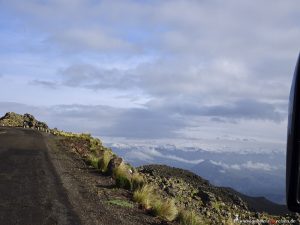
The route over high mountain passes
Elisa, our Peruvian guide is completely out of the way, because shortly before we reach the highest point of the trip, at 4910 m, we see one of the very rare Andean deer; and a bit further on, some of the cute hares with the long tails.
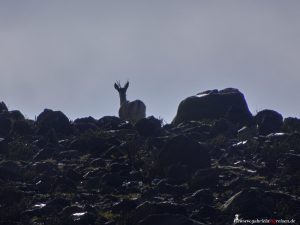
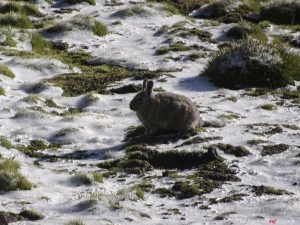
Of course, we get off at the Mirador de los Andes and take countless photos. It is not really cold, although at night a thin layer of snow has fallen. But we have to go on.
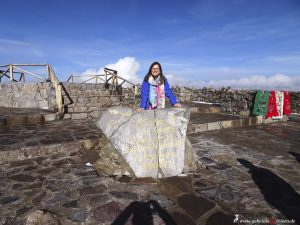
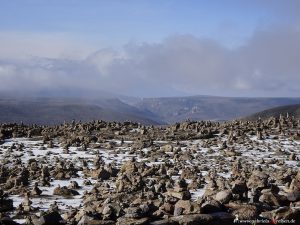
Again and again we drive over high mountain passes. Snow-capped peaks, however, we see almost only in the distance. Mostly these are volcanoes that are usually above 6000 m of altitude, some of them are still active.
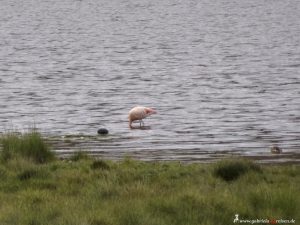
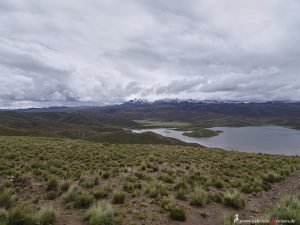
The Altiplano
At noon we reach the Altoplano. It is more than 3000 m above sea level. It is a huge plateau with fertile soil, wetlands and a lot of beef cattle. The indigenous people of the Aymara live here. They are usually very small and dark-skinned. Up to this day they have preserved much of their ancient culture, language and religion. There are still more than 2 million of them.
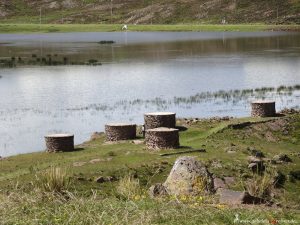
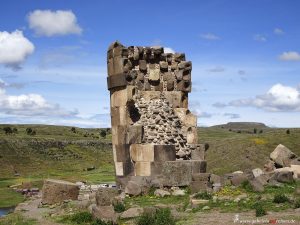
At the Chullpas of Sillustani we have a long break. There are tomb towers scattered over several hills. Long before Christ, people were buried here in fetus posture and gifts for their afterlife. These towers were only a few meters high and made of bricks. Later, when the Incas arrived here, the towers got up to 12 m high and made of artistically hewn huge rocky squares. Archaeologists have always found several mummies and burial objects in them.
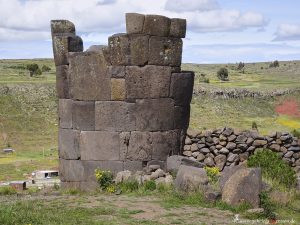
With the thin air and the warmth here, the visit is quite exhausting. Shortly afterwards we stop at a local family, who feeds us with potatoes and a sauce of healing clay with salt. This tastes very good. After all, we have tasted again one of the approximately 3000 different potato varieties that grow here in Peru. We can also take a look at the mud huts that are sparsely furnished. The whole family lives and sleeps in a tiny room. In the icy cold winters from June to August, this is the only way to stay warm.
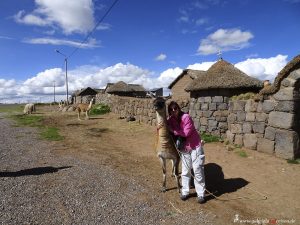
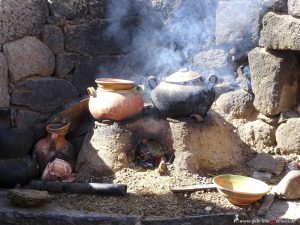
Lake Titicaca
After another 45 minutes we reach Puno, which is located directly at Lake Titicaca. The city has about 200 000 inhabitants and stretches out along the mountains. Here we are at about 3800 m above sea level. Since a while the thin mountain air no longer causes problems for me, I only avoid fast movements, so I do not get out of breath. Instead of chewing coca leaves, I prefer to drink coca leave tea in the morning. This certainly helps as well.
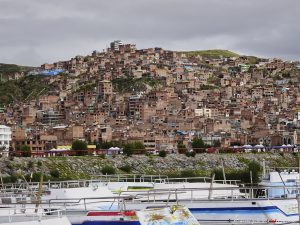
 Inca Trail to Machu Picchu
Inca Trail to Machu Picchu
https://www.10adventures.com/tour/inca-trail-trek-to-machu-picchu/?ref=9349326GabrielaAufReisen
For the evening, Benito, our local guide recommends the restaurant “Mojsa”. Food is so good here that we already make a reservation for the next evening.
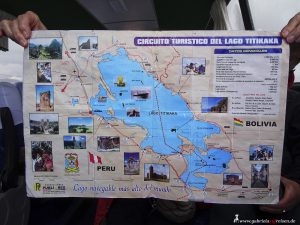
The next morning starts early again. We board a boat to visit the Uru people. They live on reed beds in Lake Titicaca. We are kindly received and learn a lot about their way of life. The islands have to be permanently repaired because they rotten quickly. The traditional reed boats holds about 1 year, then the municipality has to build a new boat. On each of the small islands, some families live together. A “president” is their executive. On the island we visit, this is Leia, who also shows us how the women embroider here.
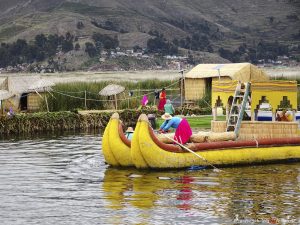
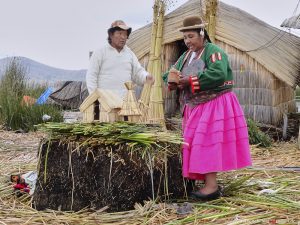
Of course progress has already arrived here as well. The families have solar cells with which they generate electricity, for example, to watch TV. For fishing, men and women take small motor boats. Unfortunately, the sewage of Puno flows directly and unfiltered into Lake Titicaca, so the water quality suffers greatly.
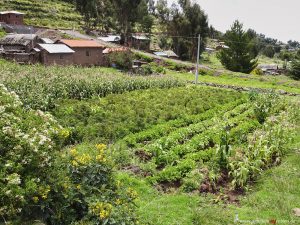
We drive another 2 hours to a large peninsula, where we are invited to eat trout at a family. They also proudly present their traditional clothing and lifestyle. During the two and a half hour return trip we enjoy the sun and the light rocking of the boat.
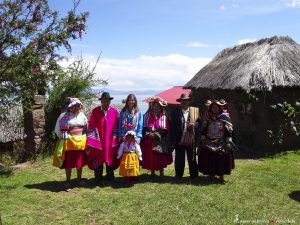
Another day in Peru is over. Tomorrow we drive to the Urubamba valley. Will you follow me there? Also on Instagram you find many more photos of my trips. I’m looking forward to your comments and your “like”! J
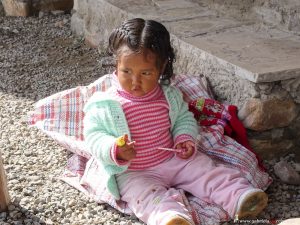
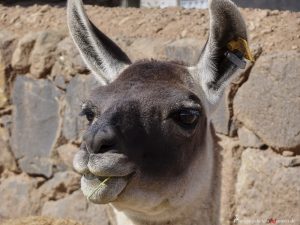
Be First to Comment